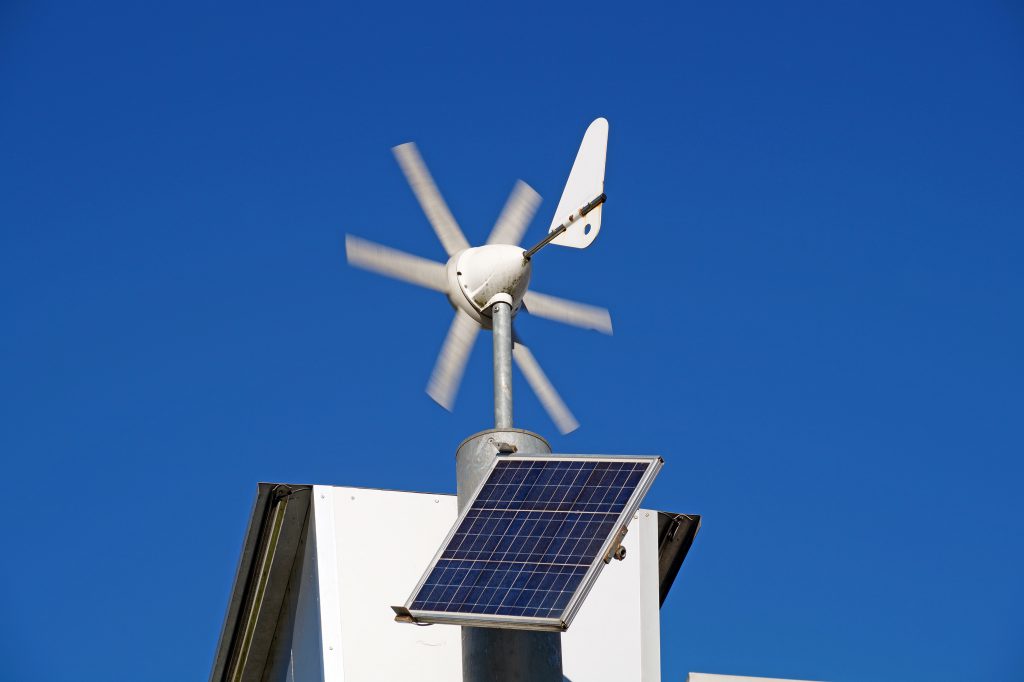The Belgian Association for the Promotion of Renewable Energies (APERe) suggests that the small wind turbine industry is capturing the imagination of the general public. However, this venture isn’t without its costs. Potential investors should brace themselves for an outlay ranging from €10,000 to €50,000. This significant investment can deter many. But the initial cost is just the tip of the iceberg.

Horizontal vs. Vertical Wind Turbines
When considering wind turbines, it’s crucial to differentiate between the two main types: horizontal and vertical. The horizontal variant dominates the market and is renowned for its efficiency. But there’s a caveat. To achieve peak efficiency, a horizontal wind turbine should ideally stand at a staggering height of over 140 meters. Given the logistical challenges and potential objections from neighbors, this might be a tall order for most private properties. While smaller turbines, spanning 10 to 15 meters, are available, their efficiency is debatable in Belgium due to inconsistent wind quality at these levels.
Vertical wind turbines might seem like a more practical alternative due to their compact nature. However, their performance is often overshadowed by their horizontal counterparts. Buyers should tread carefully. There have been reported cases where the actual output was a whopping 75% below the manufacturer’s projections!
Comparing Wind Turbines to Solar Panels
Wind turbines, despite their potential, come with inherent limitations. Their inability to generate electricity during nighttime and their dependence on daylight duration are significant drawbacks. In contrast, solar panels, although reliant on sunlight, have consistently proven to be a more dependable and less intricate renewable energy source for Belgian homeowners.
The Environmental Perspective
Beyond the economic considerations, there’s the environmental impact to consider. Wind turbines, especially when improperly placed, can disrupt local ecosystems. Birds, in particular, can be at risk. Solar panels, on the other hand, have a more predictable environmental footprint, primarily associated with their production and disposal.
Legal and Societal Implications
Installing a wind turbine isn’t just about purchasing the equipment and setting it up. There are legal regulations, permits, and societal implications to consider. While Belgium is supportive of renewable energy, local regulations can vary, and what’s permissible in one region might be restricted in another. Solar panels, being more widespread, often have clearer guidelines and are generally more accepted by communities.
Future of Renewable Energy in Belgium
Belgium’s commitment to renewable energy is commendable. With the European Union’s push for a greener future, the country is exploring various avenues, from wind farms in the North Sea to extensive solar projects. For homeowners, the choice between wind turbines and solar panels will likely hinge on individual circumstances, budget, and long-term energy goals.
Conclusion
Harnessing wind power in one’s backyard is an enticing prospect. However, the challenges associated with domestic wind turbines, from their cost to their unpredictable efficiency, often make them a less favorable option compared to solar panels. As Belgium marches towards a sustainable future, homeowners keen on investing in renewable energy should conduct comprehensive research, weigh the pros and cons, and seek expert advice before making a decision.

 Open Immovlan
Open Immovlan